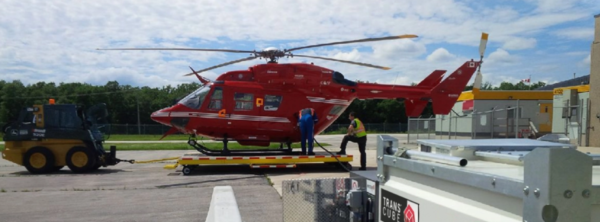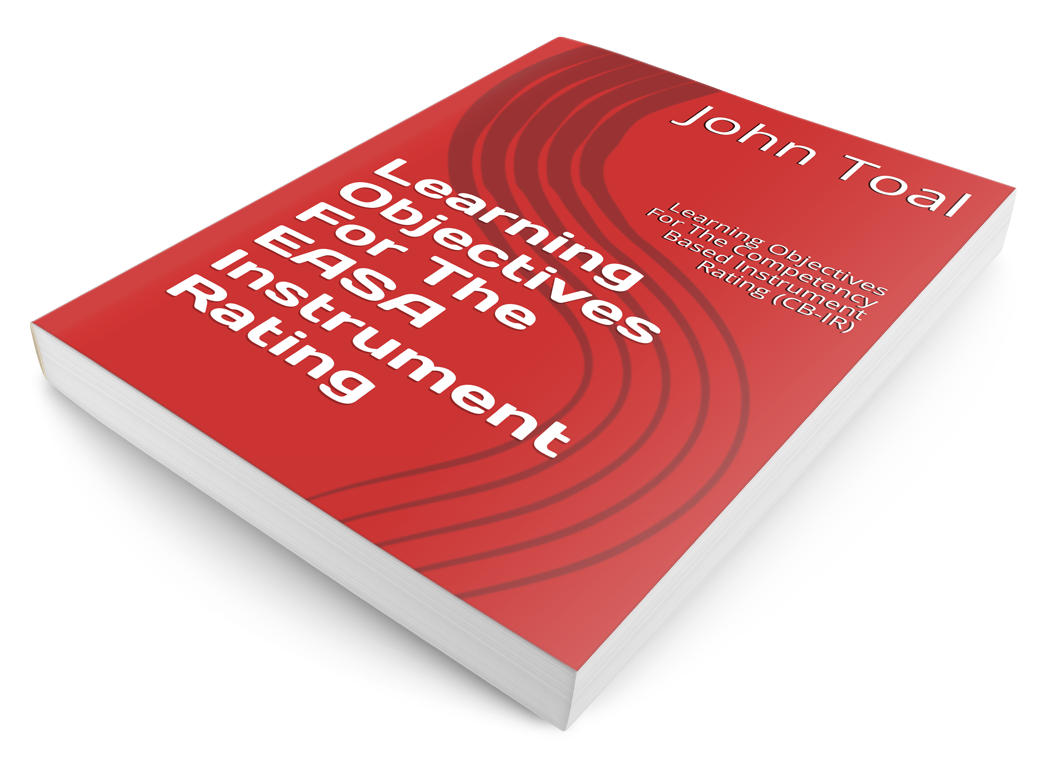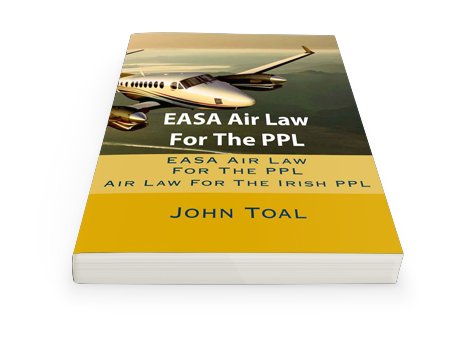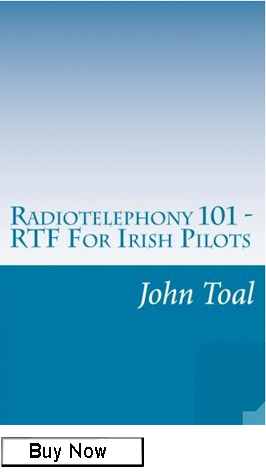Modern Fuels – Aviation Fuel
(Reviewed on 8th January 2021)

Helicopter fuel upload
AVGAS 100LL
Avgas (aviation gasoline) is an aviation fuel used to power piston engine aircraft. Avgas can be distinguished from Mogas (motor gasoline), which is the everyday petrol used in cars and a lot of microlight aircraft. Unlike Mogas, avgas has added tetra-ethyl lead (TEL), a toxic substance used to enhance combustion stability.
Avgas is used in aircraft that have Piston Engines. Gas Turbine Engines can operate on avgas, but normally do not. Turbine and diesel engines are designed to use kerosene-based jet fuel.
Avgas has a density of 6 lb/U.S. gal at 15 °C, or 0.72 kg/l, and this density is commonly used for weight and balance calculations. Density increases to 6.4 lb/US gallon at -40 °C, and decreases by about 0.5% per 5 °C (9 °F) increase in temperature. Avgas has a lower and more uniform vapour pressure than automotive gasoline, which keeps it in the liquid state at high-altitude, preventing vapour lock.
The actual mixture in use today is the same as when it was first developed in the 1940s, and was used in airline and military engines with high levels of boost supercharging. The high octane ratings are achieved by the addition of tetra-ethyl lead (TEL), a highly toxic substance that was phased out for car use in most countries in the late 20th century.
Avgas is currently available in several grades with differing maximum lead concentrations. Since TEL is a rather expensive (and polluting) additive, a minimum amount of it is typically used to bring it up to the required octane rating and actual concentrations are often lower than the maximum.
Many older grades of avgas are designated with a dual number, such as 100/130. This indicates that the fuel’s octane or performance rating is 100 at lean settings and 130 at rich settings, which is why rich settings are normally used for take-off when full power is used.
100 LL
The most commonly used aviation fuel is dyed blue for easy visual identification. 100 LL contains a small amount of tetra-ethyl lead (TEL), a lead compound that reduces gasoline’s tendency to spontaneously explode (detonation or “knock”) under high loads, high temperatures and high pressures. Sustained detonation will cause catastrophic engine failure.
TEL is known as an anti-knock compound. TEL’s effect on detonation resistance is known as the “octane rating,” derived from comparing performance of the gasoline under test to mixtures of iso-octane and normal heptane in a special test engine. If the product tests like 90% iso-octane and 10% normal heptane, it receives a “90 octane” rating. As higher levels of anti-detonation capability were required, the curve was extended beyond 100% iso-octane and called “performance rating.” Example: a 118 octane rated gasoline is more detonation resistant than an 87 octane rated gasoline.
In Ireland, 100 LL can be identified at fuel facilities by its label. White writing on a red background.
JET A1
Jet fuel is not avgas. It is similar to kerosene and is used in turbine engines. Confusion can be caused by the terms Avtur and AvJet being used for jet fuel. In Europe, environmental and cost considerations have led to increasing numbers of aircraft being fitted with highly fuel-efficient diesel engines; these too run on jet fuel. Civilian aircraft use Jet A, Jet A1 or in severely cold climates Jet B. There are other classification systems for military turbine and diesel fuel.
The most common jet fuel is a kerosene/paraffin oil-based fuel classified as JET A1, which is produced to an internationally standardised set of specifications. In the United States only, a version of JET A1 known as JET A is also used.
The only other jet fuel that is commonly used in civilian aviation is called JET B. JET B is a fuel in the naptha-kerosene region that is used for its enhanced cold-weather performance. However, JET B’s lighter composition makes it more dangerous to handle, and it is therefore restricted only to areas where its cold-weather characteristics are absolutely necessary. JET B is not available in Ireland.
Both JET A and JET B can contain a number of additives:
• Antioxidants to prevent gumming usually based on alkylated phenols, eg. AO-30, AO-31, or AO-37;
• Antistatic agents, to dissipate static electricity and prevent sparking; Stadis 450, with dinonylnaphthylsulfonic acid (DINNSA) as the active ingredient, is an example
• Corrosion inhibitors, eg. DCI-4A used for civilian and military fuels, and DCI-6A used for military fuels;
• Fuel System Icing Inhibitor (FSII) agents, eg. Di-EGME; FSII is often mixed at the point-of-sale so that users with heated fuel lines do not have to pay the extra expense;
Military forces around the world use a different classification system of JP numbers. Some are almost identical to the civilian named fuels and differ only by the amounts of a few additives:
JET A1 is similar to JP-8
JET B is similar to JP-4.
JET A and JET A1
Jet A is the standard jet fuel type in the U.S. since the 1950s and is only available there. JET A is similar to JET A1, except for its higher freezing point of -40 °C. JET A1 has a fairly high flash point of 38 °C, with an auto-ignition temperature of 410 °F (210 °C). Jet A can be identified in trucks and storage facilities by the UN number, 1863, Hazardous Material placards. Jet A1 trucks, storage tanks and pipes that carry Jet A1 will be marked with a black sticker with a white “JET A1” written over it, next to another black stripe. Jet A1 will have a clear to straw colour if it is clean and free of contamination.
Water is denser than Jet A1, and will collect on the bottom of a tank. Jet A1 storage tanks must be sumped on a regular basis to check for water contamination. It is possible for water particles to become suspended in Jet A1, which can be found by performing a “Clear and Bright” test. A hazy appearance can indicate water contamination beyond the acceptable limit of 30ppm (parts per million). The U.S. commercial fuels are not required by law to contain antistatic additives, and generally do not contain them.
Military Fuels
Other military fuels are highly specialised products and are developed for very specific applications. JP-5 fuel is fairly common, and was introduced to reduce the risk of fire on aircraft carriers. Other fuels were specific to one type of aircraft. JP-6 was developed specifically for the XB-70 Valkyrie and JP-7 for the SR-71 Blackbird.
Both these fuels were engineered to have a high flash point to better cope with the heat and stresses of high speed supersonic flight. One aircraft-specific jet fuel still in use by the USAF is JPTS, which was developed in 1956 for the Lockheed U-2 spy plane. Jet fuels are sometimes classified as kerosene or naphtha-type. Kerosene-type fuels include Jet A, Jet A1, JP-5 and JP-8. Naphtha-type jets fuels include Jet B and JP-4.
Did you enjoy this post? Why not leave a comment below and continue the conversation, or subscribe to my feed and get articles like this delivered automatically to your feed reader.








Great work John.
Even without the comments on the site I know people are reading these articles, very well laid out!